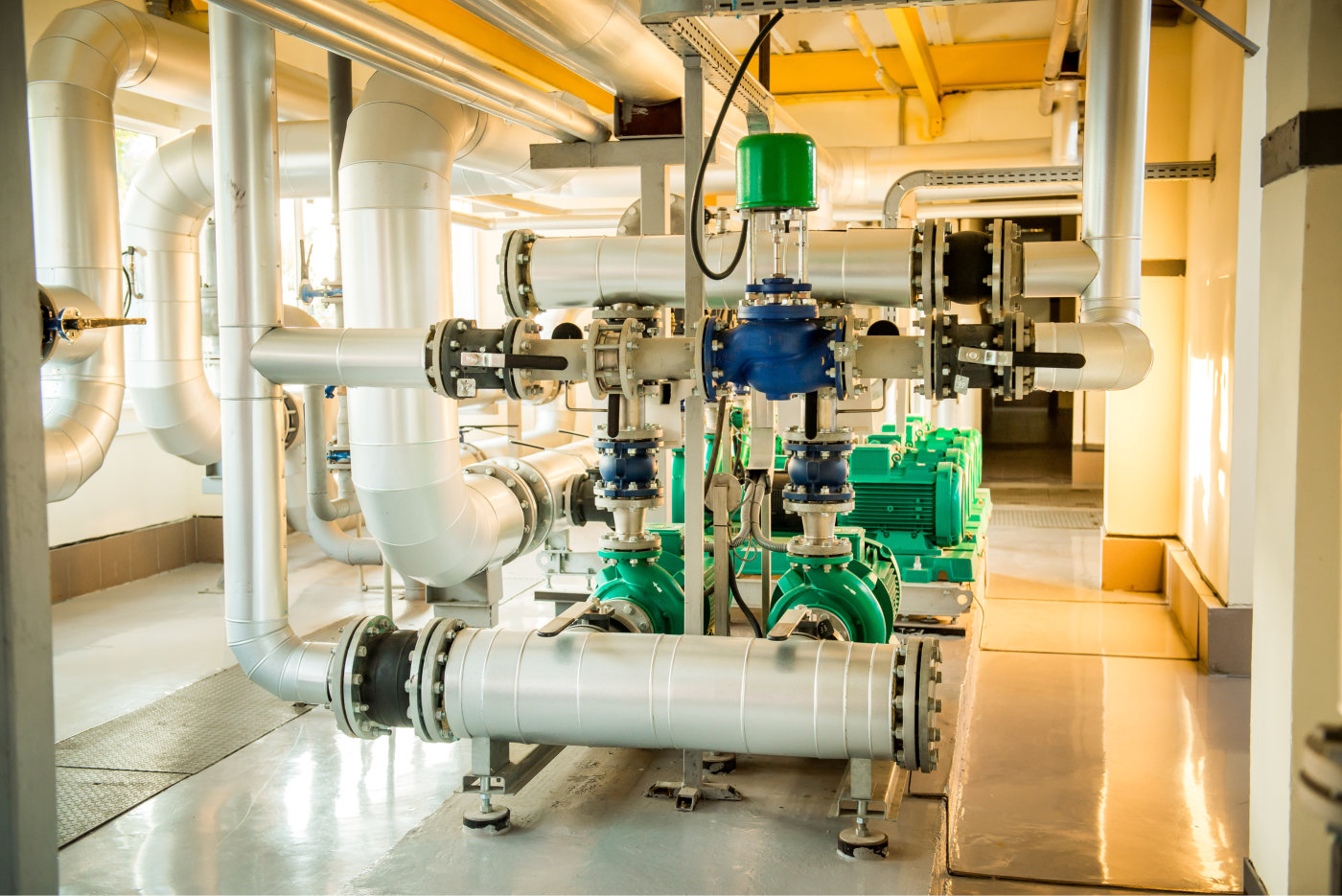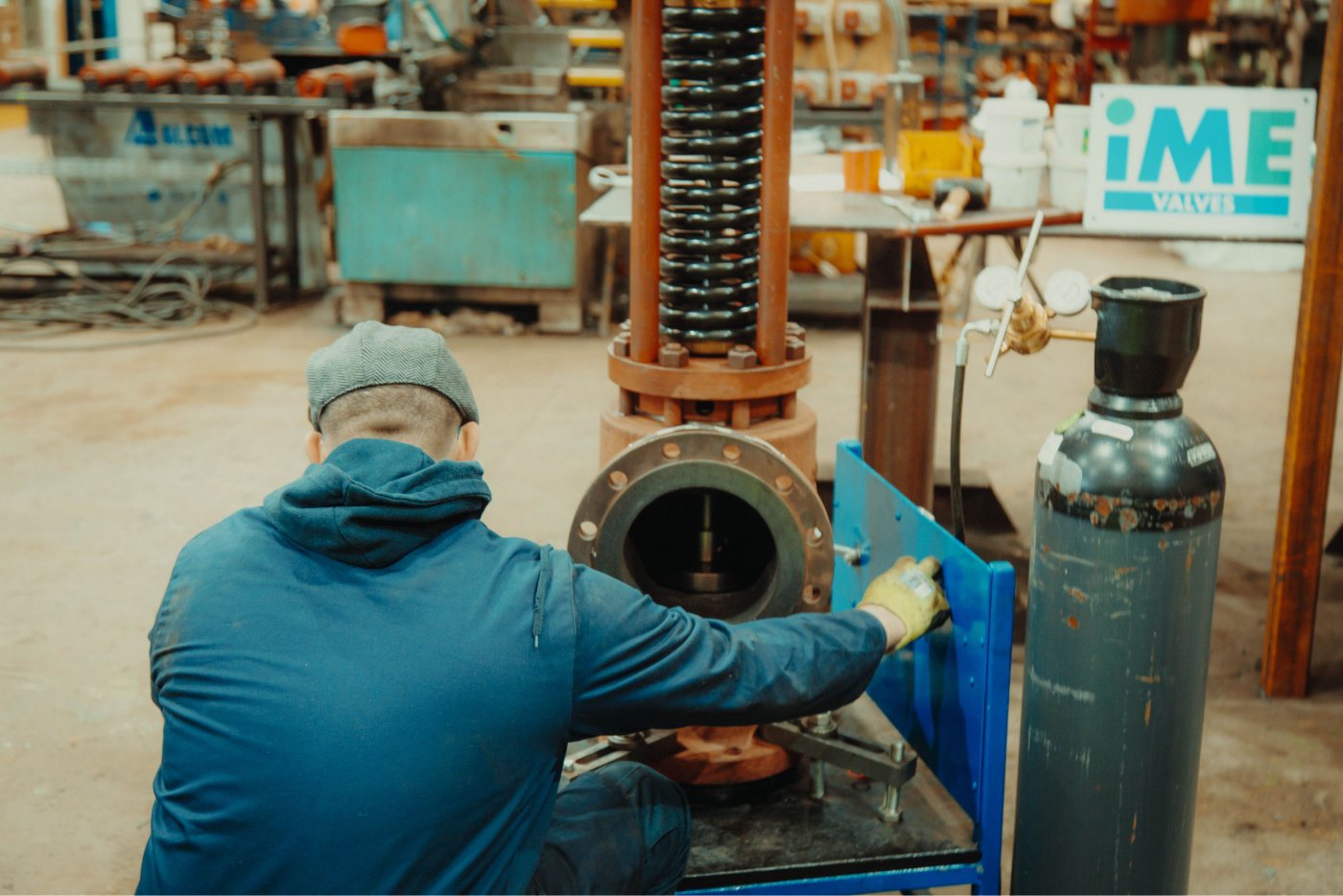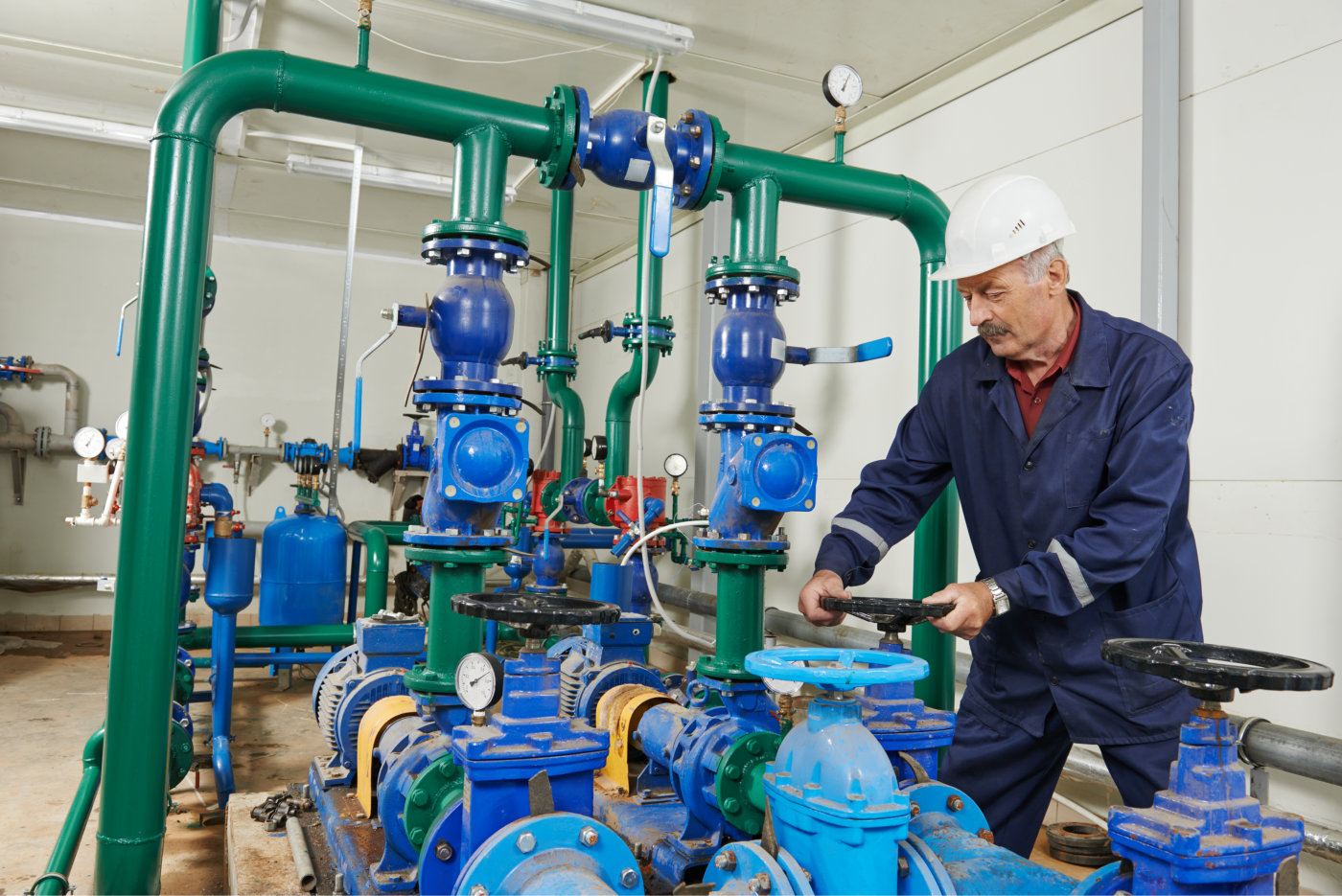Steam Valves- What They Are and How They Work
Steam valves play a vital role in the operation of many industrial facilities, like power plants and biomass power stations. There are many rules and regulations around them. For example, it is a legal requirement that high-pressure steam valves, including manual valves, control valves and safety valves, are serviced each year following PSSR regulations.
Understanding what safety valves are and how they work will keep you on the right side of compliance and allow you to run your operations without steam valve faults or failures. This is everything you need to know about steam valves and valve lapping.
What Are Steam Valves?
Steam valves are used in power plants and other industrial facilities to control and regulate the flow/temperature of steam.
Different valves have different purposes, with some of them controlling pipe pressures and others regulating temperature. There are:
Safety valves: Safety valves release excess steam when too much pipe pressure has been detected. They are sometimes referred to as pressure relief valves
Manual valves: These control steam flow and pressure include gate & globe valves.
Relief valves: Relief valves are similar to safety valves. They control flow or pipe pressure.
Where are Steam Valves Used?
Steam valves are used in various industries, but most commonly in industrial facilities like refineries. Steam has many uses, which is why control valve applications are used in so many different sectors.
For example, steam can be used in food manufacturing businesses to clean and decontaminate equipment. Industrial businesses can use it to heat sites or factories. Steam is also used in biomass power stations to drive turbines which power generators.
Wherever steam is used, like in the examples above, steam valves are required so they can be regulated and controlled.

How Do Steam Valves Work?
Steam is put through safety valves at high pressure. If there is too much pipe pressure, which is caused by excess steam, then this can be highly dangerous and cause steam leaks leading to breakdowns and downtime.
Safety valves - also known as pressure relief valves - open when steam passes a tolerable pressure. This releases the excess steam and prevents pipe pressure from building up. They're used to regulate pressure in systems, mainly boiler systems.
How to Lap Steam Valves
Valve lapping is the process of cleaning steam valves and making their seals perfectly smooth so that they are tight.
To lap a steam valve, you first need to remove it from whichever system it is attached to. Then, once you separate the disc, you use a series of different grades of lapping sand paper from coarse to fine in order to get a smooth finish.
You can do this by hand or with machinery.
The final stage is using a paste containing diamond dust, this allows you to get the perfect, flawless finish to the disc surface, enabling the perfect seal.
Steam Control Valves servicing
At IME we offer servicing of high-pressure steam valves at our dedicated value facility in East London. We have highly skilled valve technicians that strip, fully service and pressure test before issuing test certs to comply with your insurance inspectors. All works fully documented using our bespoke system to build a maintenance history on your valves to allow you to make informed decisions. Contact us today to find out more.


